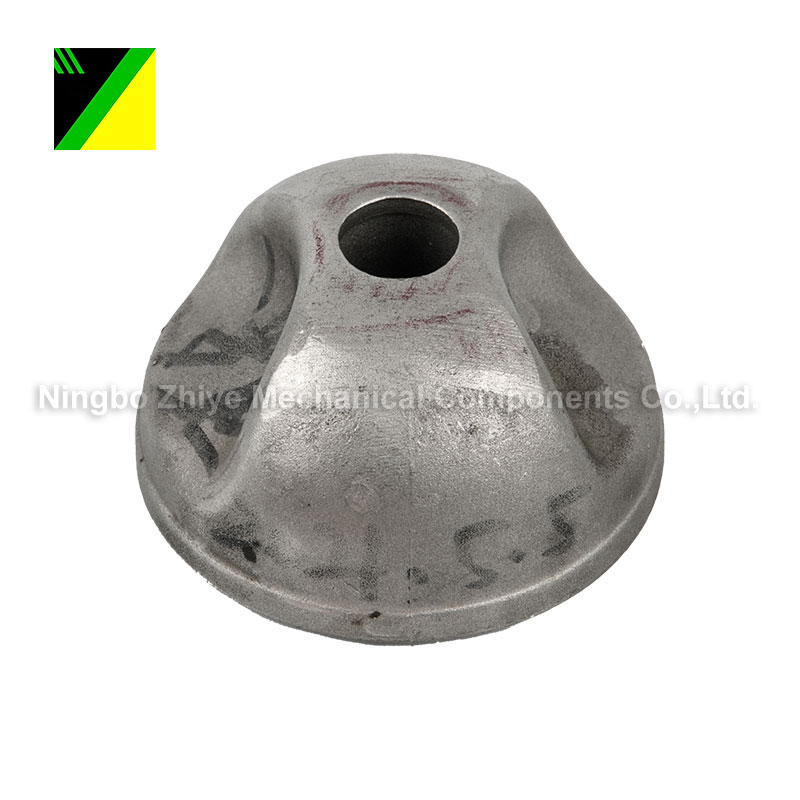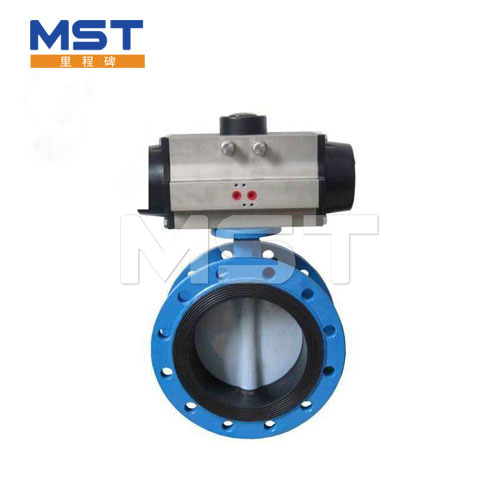Asphalt Mixing Plant
An asphalt mixing plant, also known as an asphalt plant, is a facility or machine used for the production of asphalt mixture, which is used in road construction and other infrastructure projects. These plants are designed to blend various aggregates (such as sand, gravel, stone, and recycled materia......
Send Inquiry
Product Description
An asphalt mixing plant, also known as an asphalt plant, is a facility or machine used for the production of asphalt mixture, which is used in road construction and other infrastructure projects. These plants are designed to blend various aggregates (such as sand, gravel, stone, and recycled materials) with liquid asphalt (bitumen) to produce the asphalt mix used in road surfaces, parking lots, and other paved areas. Here are key components and processes typically involved in an asphalt mixing plant:
1. Cold Feed Bins: Aggregates are stored in separate cold feed bins. These bins hold different sizes and types of aggregates, and conveyor belts or other mechanisms transport them to the drying drum.
2. Drying Drum: The aggregates are fed into a drying drum, where they are heated to remove moisture. This is a crucial step to ensure the quality of the final asphalt mix.
3. Heating System: The drying drum is equipped with a heating system, typically using a burner that can be fueled by various energy sources like natural gas or diesel fuel. This system heats the aggregates to the desired temperature.
4. Hot Aggregate Elevator: Once dried, the hot aggregates are lifted by an elevator and then transported to the vibrating screens.
5. Vibrating Screens: These screens separate the hot aggregates into different sizes, ensuring that the final mix has the correct proportions of each type of aggregate.
6. Weighing System: Precise measurement of the aggregates is critical for producing asphalt mixtures with consistent quality. There are scales in place to weigh the aggregates accurately before they are mixed.
7. Bitumen Supply System: Liquid bitumen (asphalt binder) is stored in tanks and heated to the proper temperature for mixing. It is then pumped into a separate compartment or mixer, where it will be blended with the hot aggregates.
8. Mixing Unit: The hot aggregates and liquid bitumen are mixed together in a mixing unit. This unit ensures thorough mixing and coating of the aggregates with the bitumen.
9. Storage Silos: The finished asphalt mix is transported to storage silos for temporary storage before it is loaded into trucks for transportation to construction sites.
10. Dust Collection System: To minimize air pollution, asphalt mixing plants are typically equipped with dust collection systems to capture and contain particulate matter generated during the production process.
11. Control System: Modern asphalt mixing plants are highly automated and equipped with control systems that monitor and regulate the various processes, ensuring consistency and quality of the asphalt mix.
Asphalt mixing plants come in various sizes and configurations, ranging from small portable plants used for small-scale projects to large stationary facilities for high-volume production. The type of asphalt mix (e.g., hot mix asphalt, warm mix asphalt, or cold mix asphalt) and the specific design of the plant may vary depending on the project requirements and local environmental regulations. These plants are essential for producing the asphalt needed for road construction and maintenance, and they play a critical role in infrastructure development.










